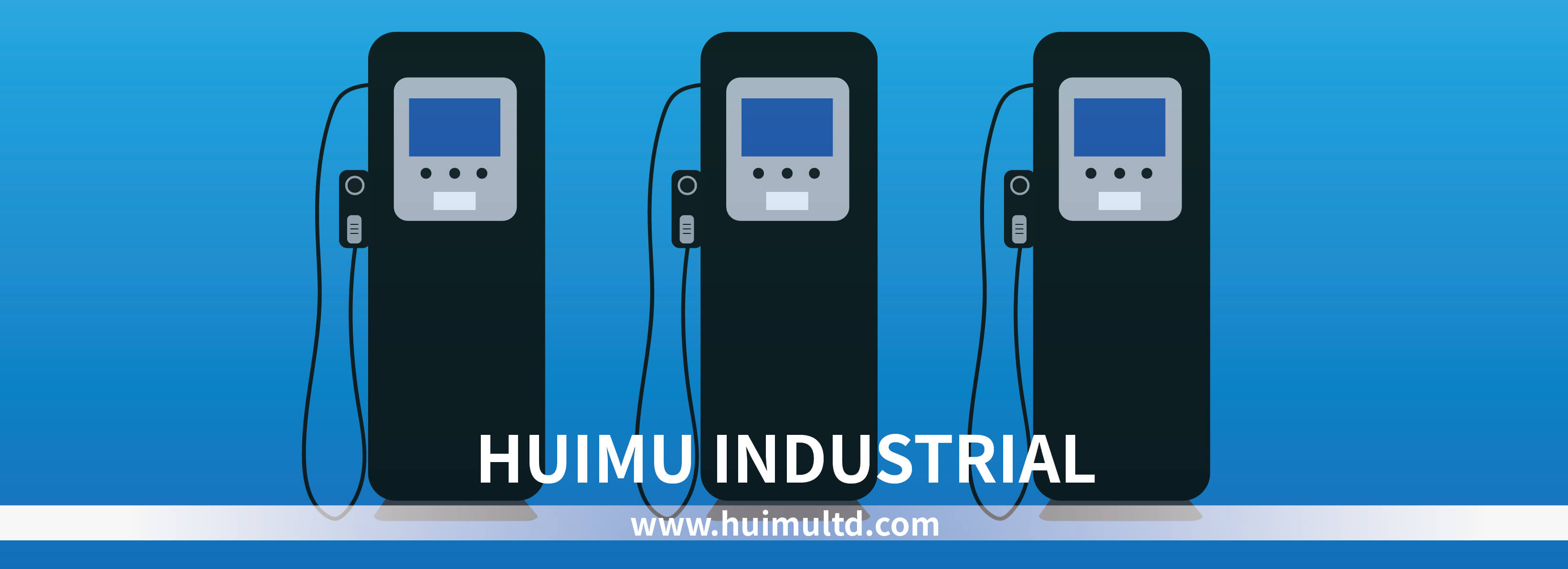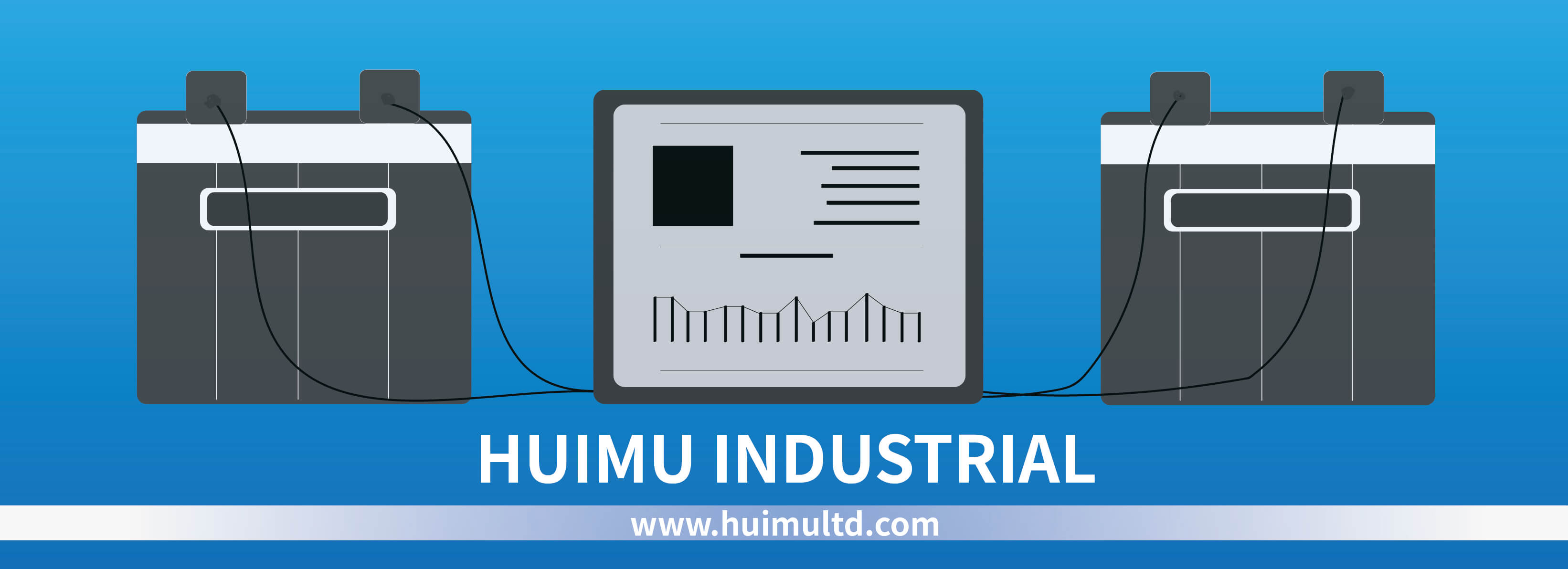The backup power supply is a device that replaces the main power supply to supply power to the load when the main power supply fails to work normally in an emergency. According to the different power sources, it can be divided into battery backup power supply and generator backup power supply: the former consists of charger, inverter, storage battery, dual power switch, etc.; the latter consists of generator set, isolation transformer, dual power supply switch and etc. Backup power sources are commonly found in industries, commerce, and firefighting.
EPS
 Introduction:
Introduction:
EPS (Emergency Power Supply) consists of inverter, rectifier, charger, battery, isolation transformer, controller, switch and so on. EPS is suitable for inductive loads (such as gas discharge lamps, fluorescent lamps, motors) and resistive loads (such as incandescent lamps), so EPS is commonly used in firefighting and other fields.
Working principle:
1. In non-emergency situations, the main power supply is in working condition, and the backup power supply charges the battery through the charging device.
2. In an emergency, the dual power supply switch switches the load from the main power supply to the backup power supply in a very short time (millisecond level).
3. At this time, the main power supply is off, and the backup power supply provides power to the load.
4. When the main power supply returns to normal, the dual power supply switch instantly switches back to the main power supply.
The role of solid state relays:
1. Switch the working status of main power supply and backup power supply.UPS
 Introduction:
Introduction:
UPS (Uninterruptible Power Supply) consists of transformer, charger, battery, etc. UPS is only suitable for capacitive loads, so it is commonly used in computers and other fields.
Working principle:
1. In non-emergency situations, the power grid charges the backup power source, and the backup power source also supplies power to the load.
2. In an emergency, the switch cuts off the connection between the backup power supply and the grid.
3. The standby power supply continues to supply power to the load when there is no grid power supply.
The role of solid state relays:
1. Control the connection of the standby power supply and the grid.Recommended Solid State Relay

 Introduction:
Introduction:
 Introduction:
Introduction: Introduction:
Introduction:
 Introduction:
Introduction: